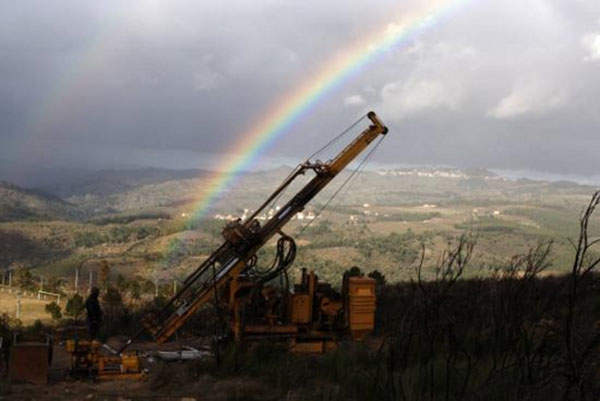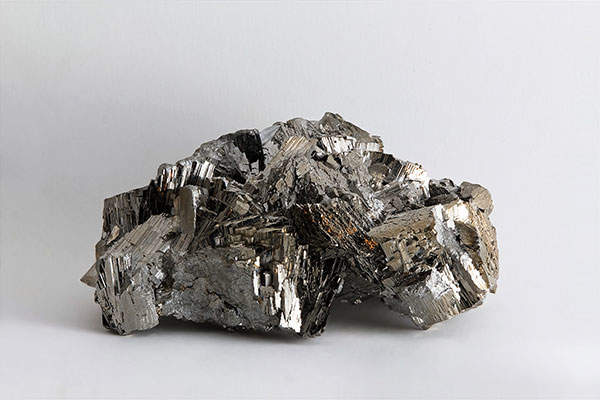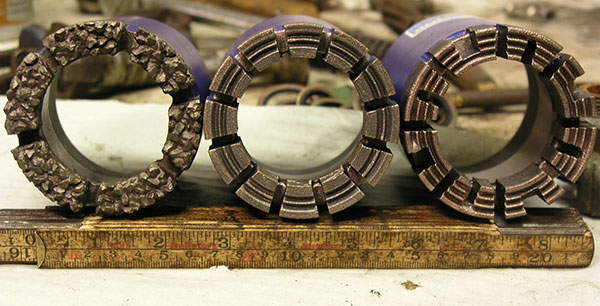
Penedono gold project is spread over an area of 205.19km² in the Penedono concessions of north central Portugal, which are a four-hour drive from the country’s capital Lisbon.
The project is surrounded by the Armar-Meda and Moimenta-Almendra concessions. It mainly includes the Santo Antonio area and also covers nearby gold prospects such as Turgueira, Marofa, Ferronha, Paredes-Dacotim, Boucoes and Sirigo Dama.
On 7 May 2007, Colt acquired all the rights and benefits of the Penedono project from Rio Narcea Gold Mines under a definitive agreement. Rio Narcea opted for the Penedono project exploration licenses from Direcção Geral de Energia e Geologia (DGEG), a branch of the Government of Portugal on 29 October 2004 under an exploration contract.
Colt agreed to pay Rio Narcea a 1% net smelter royalty (NSR) up to a maximum of $1m after it starts commercial operation of the mine.
Geology of the gold project
The largest part of the gold project is underlain by a northwest-southeast trending granitic intrusive complex of Hercynian age. The intrusive rocks are S-type two-mica granite with pegmatite, aplo-pegmatite and I-type granites.
In the northern part of the concession, granite intrudes a Precambrian to Lower Cambrian turbidite sequence that was overthrust onto the granites. The turbidite sequence is formed with shales, siltstones, silty shales, greywacke, quartzites, conglomerates and carbonates.
Gold mine mineralisation
The gold mine has a number of areas with tungsten vein mineralisation denoting a hydrothermal system. Many clusters of auriferous quartz-sulphide veins are found in the granitic complex. The major mineralised regions in the surrounding mining area are Santo Antonio, Marofa, Turgueira, Ferronha and Paredes-Dacotim.
The individual veins vary in width, which can be observed between the vein clusters. Individual veins vary in many features. They are subparallel and are spaced between 10m and more than 100m in the main vein cluster. Few veins are surrounded by envelopes of greisen alteration.
The chief sulphide in most of the veins is arsenopyrite. Higher gold grades are connected to arsenopyrite but the presence of arsenopyrite does not always indicate a high quality of gold. The greisen alteration region contains very little gold.
Mining and processing
Colt Resources is currently carrying out exploration drilling at the mine. A mining and processing method is yet to be finalised.
The company has drilled 40 diamond holes to a total depth of 3,157m, including 34 holes in Santo Antonio and six holes in Marofa. It drilled 12 diamond holes on veins four and five at Santo Antonio in 2007. The veins are 260m long and over 110m vertically extended.
In 2008, Colt drilled two more veins, 11 and 13, at Santo Antonio. Gold and tungsten mineralisation was found not only in quartz veins but also in greisens-altered granite. The regions of mineralisation were interconnected at a depth of 100m.
Six holes were drilled in Marofa in 2009 and 14 closely spaced diamond holes on veins 11 and 13 by 2010. Few veins of Santo Antonio are not drilled and tested.
Future development
Colt Resources entered into a joint venture (JV) agreement with Contécnica, a consulting engineering company, to develop the Penedono gold project. The agreement is yet to be approved by DGEG.
According to the agreement, Colt and Contecnica will jointly propose a request for an experimental mining license (EML) for the project from DGEG.
Under the JV agreement, Colt Resources will retain 49% ownership of the project, while Contecnica will pay Colt $63,345 (€50,000) and invest a sum of $2.53m for three years to earn a 51% stake in the JV.
Colt will be responsible for the business, strategic and legal management, while Contecnica will concentrate on the financial, technical and operational management of the project.






